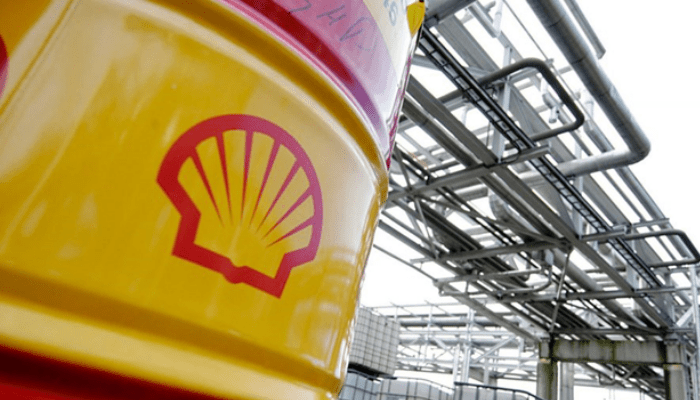Shell has commenced crude oil exports from Nigeria’s newly commissioned Otakikpo onshore terminal, a major step for the country’s petroleum industry. This marks the first shipment from the $400 million facility, which was developed by Green Energy International—a company managing marginal oil fields.
Situated within the OML 11 region, southeast of Port Harcourt, the terminal boasts a daily export capacity of 360,000 barrels. Crude oil is transported through a 20-inch pipeline stretching 23 kilometers to a single-point mooring system located offshore in the Atlantic. With a draught depth of 21 meters, the facility can accommodate large vessels such as Aframax and Suezmax tankers.
Previously, Green Energy relied on a more expensive barging method that cost approximately $120,000 daily to evacuate crude. The new infrastructure is expected to cut operating expenses significantly, slashing production costs by an estimated 40 percent.
According to the terminal’s Managing Director, Kayode Adegbulugbe, the facility offers a locally developed solution that can reduce the financial strain on the oil sector. “Storing crude in tanks directly reduces the cost per barrel. With this facility, operational costs are expected to drop considerably,” he said.
Before the terminal’s debut, Green Energy had been exporting its Otakikpo-grade crude using the Ima floating storage system, managed by another Nigerian firm, Amni.
The Otakikpo terminal also holds strategic value for the region. Green Energy believes it has the potential to tap into output from more than 40 nearby oil fields, which collectively have a capacity of 200,000 barrels per day and total reserves estimated at 3 billion barrels of oil equivalent. The facility is designed to handle up to 250,000 barrels per day from external producers, with an additional 6-inch, 6-kilometer offshore pipeline available for crude intake.
Expansion plans are underway, with Green Energy aiming to increase its current 750,000-barrel storage capacity to 3 million barrels. The company also intends to create a crude gathering network to serve surrounding producers. It indicated that extra tank storage could be added within nine months, depending on future demand. Current usage levels remain under 12 percent.
Initial crude injection into the terminal began on March 30. Shell has now lifted the first batch aboard the Aframax-class tanker Lipari.
Although Green Energy’s average production stood at just 5,000 barrels per day in April, the company has received regulatory clearance to scale output to 30,000 barrels daily under an updated development plan, as approved by Nigeria’s upstream petroleum authority.

